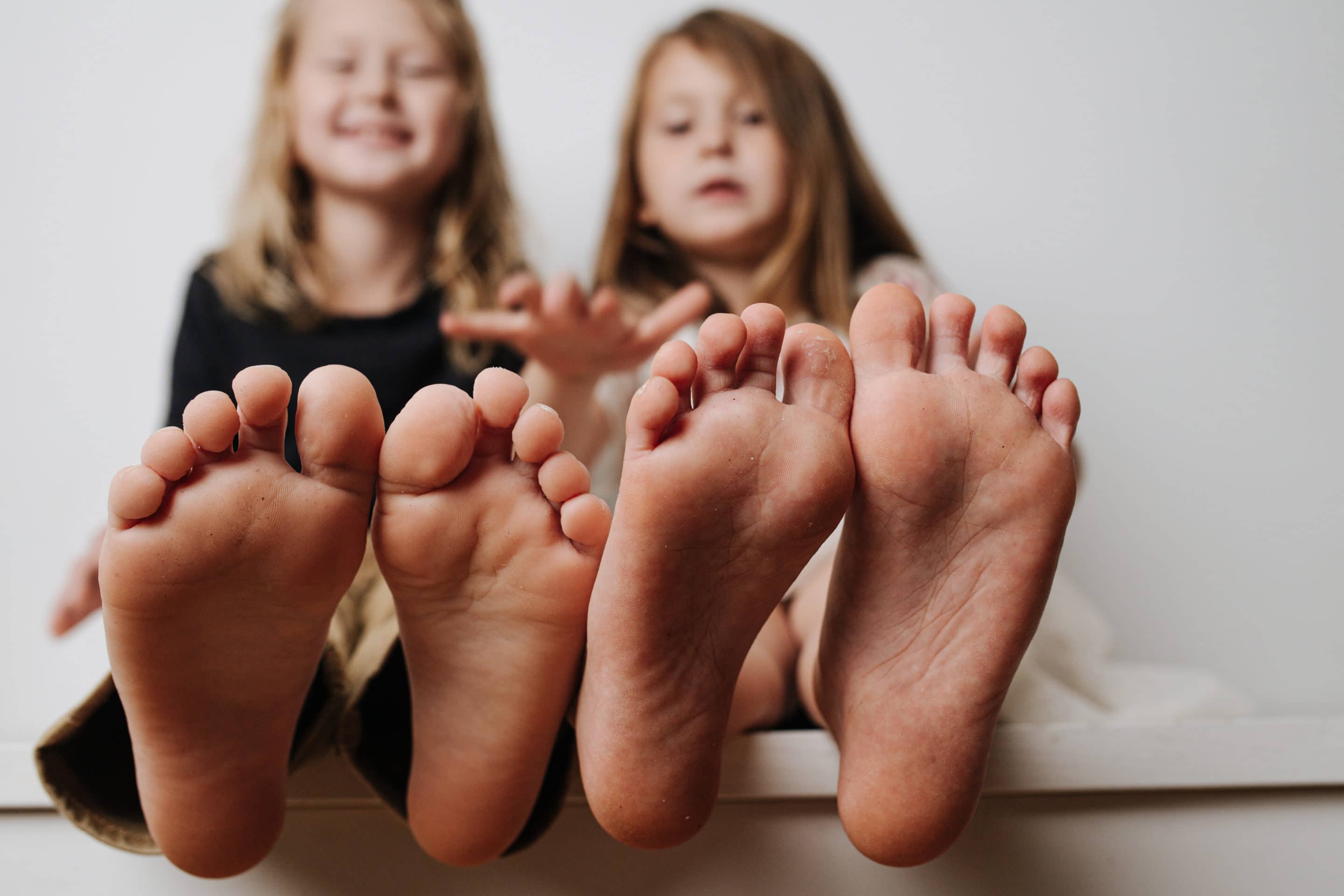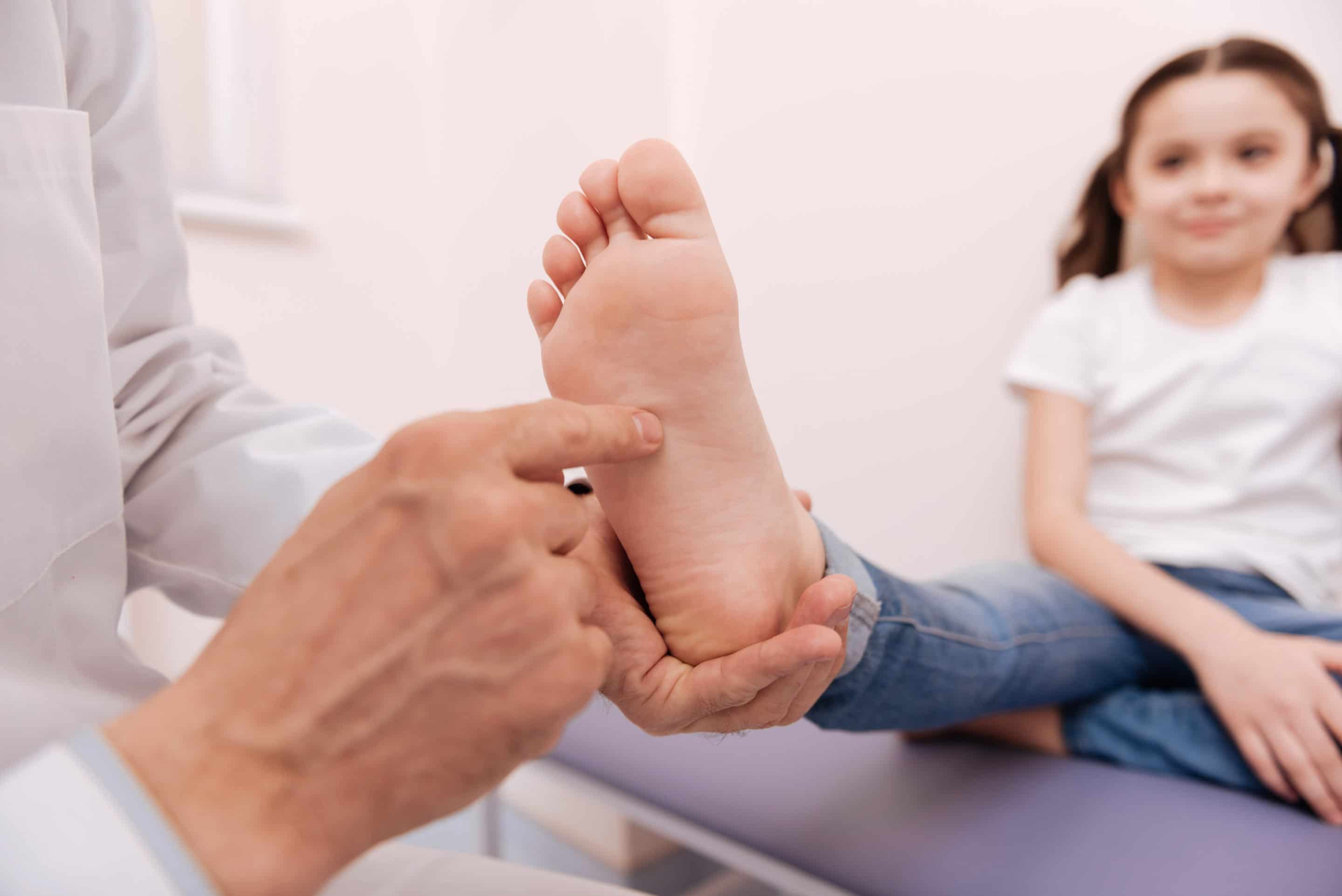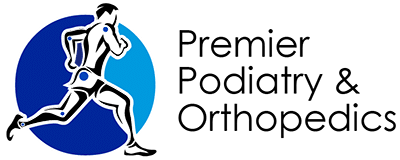Pediatric Care – Helping Children Stay Healthy and Active!
Children may often seem to have endless energy reserves, and that’s probably a good thing! Their bodies are growing fast, and a lot of that energy goes toward strong and healthy development.
Unfortunately, that energy does not come with invincibility. Injuries can happen and problems can occur. And with such rapid physical development taking place, it is essential that those problems are addressed promptly and effectively in order to prevent future complications.
Whenever you have any concerns about your child’s orthopedic or podiatric health, Premier Podiatry & Orthopedics will be here to help. Our experts have extensive knowledge in many areas.

When Should My Child See a Specialist at Premier Podiatry & Orthopedics?
Our experts specialize in diagnosing and treating musculoskeletal conditions throughout the body. That does include the feet and ankles, but it is also not limited to that area!
There are many reasons why your child might need to see one of our specialists. Please do not hesitate to contact us with any of the following concerns.
Persistent Joint, Bone, or Muscle Pain
“Growing pains” aren’t really a thing – at least not often in a harmless sense. Lasting pain is never normal, and is always something that is worthy of further investigation.
Regularly occurring pain that is associated with movement might be traced to an abnormality in musculoskeletal structure. An abnormal shift can cause excess weight and pressure to focus on certain areas, causing strain. The abnormality doesn’t even necessarily have to be directly in the area of pain, either. For example, inefficient foot and ankle structures can cause symptoms in the knees, legs, or hips.
Other conditions can lead to persistent pain that isn’t necessarily due to a structural issue. Sever’s disease is a common cause of heel pain in active children around 8-14 years old. It occurs when the growth plate in the heel bone (where new bone grows and develops during adolescence) becomes stressed and inflamed.
But you don’t necessarily need to know exactly what is going on with your child’s symptoms before you come in. That’s what we’re here for, and we will work with both you and your child to determine the source of any discomfort.
Sprains and Fractures
It can be difficult to tell the difference between a severe sprain and a fracture, especially when your child is in distress when it occurs.
But the short answer, again, is that you don’t need to know. The fact that you are unsure is more than enough reason to give us a call!
In fact, even sprains that seem relatively mild are worth seeing us about. We can ensure that there are no additional complications that can impede recovery, and that the injury itself heals properly.
Even minor sprains that don’t heal as they should have a higher chance of leading to joint instability, which increases the chance of the same type of injury happening in the future. We can help ensure your child recovers as quickly and as safely as possible, while helping to prevent future issues.

Congenital Conditions and Gait Abnormalities
There are many musculoskeletal conditions that a child can be born with. Some of them are easily observed at birth, while others may only become apparent once a child has further developed to the point of walking or other coordinated movement.
A few examples of such conditions include:
- Clubfoot
- Pediatric flatfoot
- Uneven limb lengths
- Scoliosis
- Hip dysplasia
Many parents may see their child exhibit unusual behaviors as they learn to walk, such as walking mostly on their toes, or walking with toes turned inward or outward. These cases will often resolve themselves as your child grows and learns to walk, but they should still be monitored closely to make sure the child is indeed growing out of those patterns.
Time is often an essential asset when an early abnormality is discovered. A child’s bones and structure are still developing and somewhat malleable as they head into adolescence. That means the sooner the problem can be diagnosed, the more likely that the structure can be manipulated in a way to fully resolve or greatly reduce the severity of the problem. The sooner that treatment can begin for a congenital condition, the better.
Expert Care for Your Child Now and Into the Future
We understand that it can be a source of worry anytime you may need to bring your child to a doctor for care. At Premier Podiatry & Orthopedics, we are committed to making the experience as friendly, simple, and stress-free as possible – for both your child and you.
A child may not always be able to tell us exactly what they are feeling, so you can be a crucial source of information for us as well. Please be as specific as possible about whatever symptoms you have noticed in your child, how long they have been occurring, and whether there are any other important pieces of information (e.g. recent injuries, a family history of conditions) that we should know.
Our goal is always to recommend a course of treatment that will bring your child the best possible outcome with as few complications or inconveniences as possible. Surgery is only considered if other forms of treatment haven’t or clearly wouldn’t be effective.
Do you have questions for us, or would you like to schedule an appointment? Please call us at (916) 961-3434 or fill out our online contact form.
Looking to schedule an appointment with a physician?
Carmichael Office
6620 Coyle Avenue,
Suite 202
Carmichael, CA 95608
Roseville Office
576 N Sunrise Avenue,
Suite 230
Roseville, CA 95661
Folsom Office
1580 Creekside Drive,
Suite 100 & 110
Folsom, CA 95630
Social
© Premier Podiatry & Orthopedics. All Rights Reserved. | Privacy Policy
